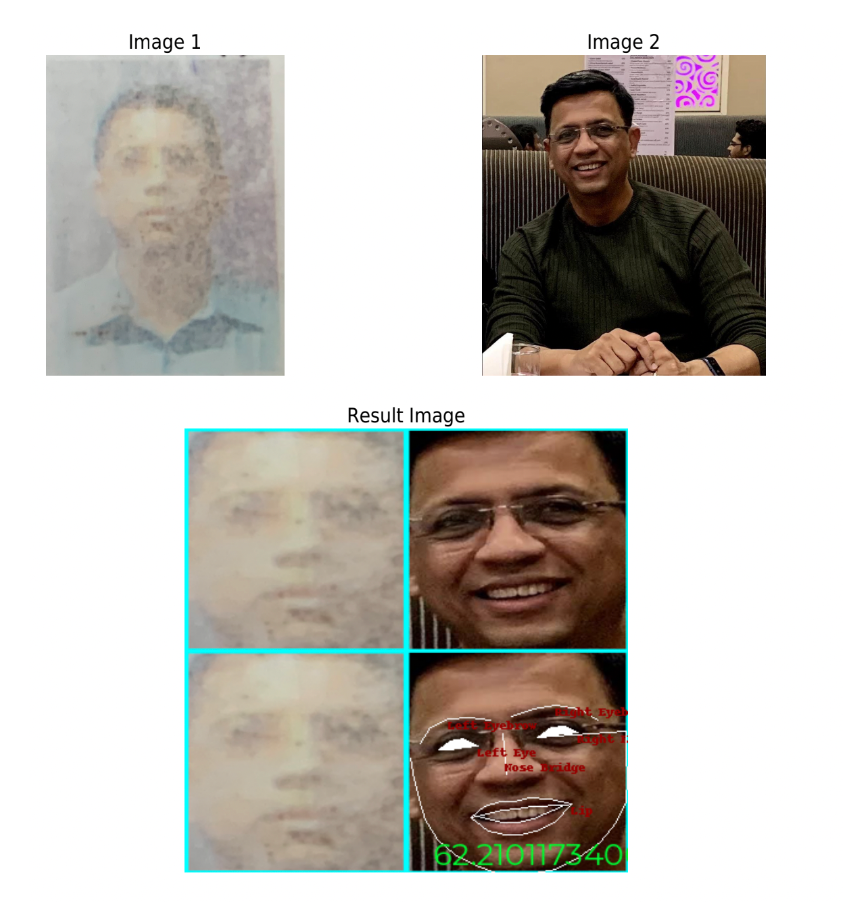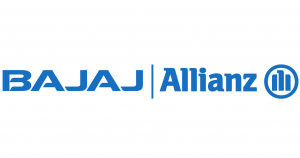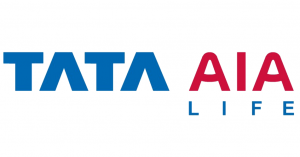Let’s Define the Obvious
“Facial Match” is the process of determining or establishing the identity of a person based on their facial features. Identifying people in photographs, videos, or even in real time is possible with the help of facial recognition systems.
Did you know that certain features of a face never change? Like, for example, the eyballs of a person remain the same since birth. The eyeball is the only organism which does not grow from birth. It is fully grown when you are born. When you look at a baby’s face, you see mostly iris and little white. As the baby grows, you get to see more and more of the eyeball. There are 16 such markers in a face that never change irrespective of ageing. Our deep learning algorithm compares these markers to give an accuracy match.




